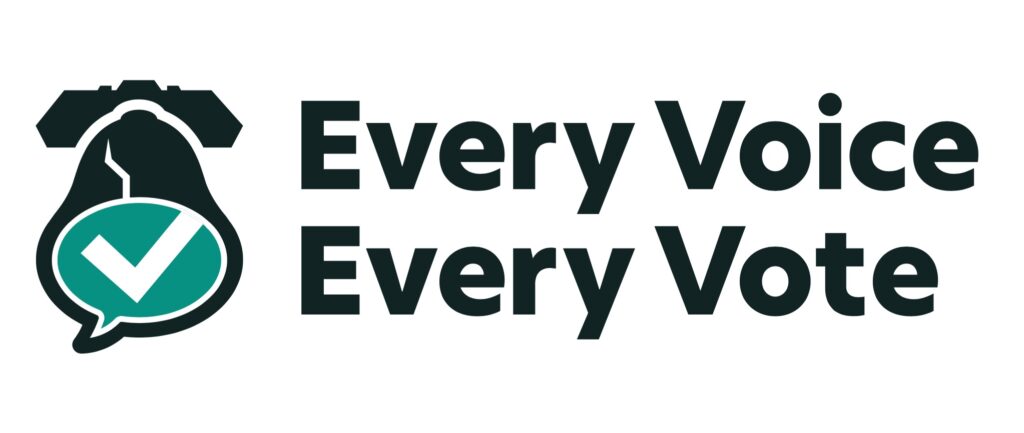President-elect Donald Trump has been moving swiftly to fill crucial seats in his new cabinet. Immigration was a main focus of Trump’s campaign. In rallies and ad campaigns, he targeted Vice President Kamala Harris as responsible for an “open border” policy that allowed criminals to commit heinous crimes in the U.S., including several well-publicized rape-murders of young white women.
The first position Trump announced was a newly created one: border czar, for which he chose Tom Homan. Homan served in Trump’s first administration as acting director of the U.S. Immigration and Customs Enforcement (ICE). ICE is a federal law enforcement agency under the U.S. Department of Homeland Security. ICE’s stated mission is to protect the U.S. from cross-border crime and undocumented immigration that threaten national security and public safety. Trump has also nominated South Dakota Gov.Kristi Noem for Secretary of Homeland Security, which oversees ICE.
Homan advocates deportation of illegal immigrants and opposes sanctuary city policies. Within the Trump administration, he championed separating children from their parents as a deterrent to illegal immigration and curbing human trafficking.
Homan was called the father of Trump’s family separation policy. Homan is also a visiting fellow of the Heritage Foundation, the authors of Project 2025.
Homan has stated emphatically that sanctuary cities must be abolished and has pledged to “run the biggest deportation” the U.S. has ever seen. Homan has already issued a directive to Democratic governors to “Get the hell out of the way” on his deportation mission.
Philadelphia’s status under threat
Philadelphia has been a sanctuary city since 2016. This means it’s one of the safest places to be for undocumented people as they attempt to find a legal pathway to lawful permanent residency.
That sanctuary city status means there’s no collaboration between the Philadelphia Police Department and ICE. Local police officers don’t help ICE round up or arrest migrants. They also won’t participate in “ICE Holds,” which are 48-hour holds of noncitizens who would have otherwise been released from police custody or jail. If ICE wants someone who is in jail, they must present a signed judicial warrant that will force the police to keep them.
There are limits on what a sanctuary city can provide. ICE still pursues undocumented people and are known to knock on doors, engage in racial profiling and even stop people on the streets.
Mayor Jim Kenney fought for sanctuary status
In 2017, former Mayor Jim Kenney filed a lawsuit against the Department of Justice claiming that the city’s funding was threatened by Trump administration claims that Kenney’s sanctuary city status was in violation of federal law.
The Department of Justice had argued that Philadelphia violated immigration law by not honoring ICE detainers for people being released from custody. In 2018, U.S. District Judge Michael Baylson found that Philadelphia was only required to respond to a DOJ detainer request if paperwork was accompanied by a judicial warrant with a judicial signature, and that the city “has no obligation to seek or receive citizenship information from any person in City custody.”
In his opinion, Baylson wrote that the city has “historically, fully cooperated with all federal law enforcement agencies, including ICE.”
In a statement, Justice Department spokesman Devin O’Malley called Baylson’s ruling “a victory for criminal aliens in Philadelphia, who can continue to commit crimes in the city knowing that its leadership will protect them from federal immigration officers whose job it is to hold them accountable and remove them from the country,” according to the Philadelphia Inquirer.
Kenney went viral for a video he posted on Twitter/X of him dancing in his office after the verdict came in.
Can Mayor Cherelle Parker protect Philly’s status?
In Oct. 2023, Mayor Kenney issued an executive order protecting people seeking and receiving gender-affirming care in Philadelphia. The executive order also protects local health care professionals providing such care.
At the press conference where he signed the order, Kenney said, “This executive order demonstrates once again that Philadelphia truly is a welcoming city, a place where all people can be treated fairly with dignity and respect.”
The imposition of the executive order, which was widely supported within the LGBTQ+ community as well as by both the City’s Office of Diversity, Equity and Inclusion and the Office of LGBTQ+ Affairs, raised the question of how lasting it would — or could — be.
According to the City’s charter, executive orders remain in place as long as subsequent mayors choose to maintain them. So Mayor Parker, who has already issued numerous executive orders since her mayoralty began this year, could issue an executive order protecting Philadelphia’s sanctuary city status as Homan plans to end those come January.
According to the Philadelphia City Charter, “as CEO, the mayor has the power to issue executive orders to agencies in the executive branch of City government. These commands or directives generally concern the implementation of laws or mayoral policies. Executive orders may be amended, revised or repealed by subsequent orders.”
Why Philadelphia’s sanctuary city status matters
Contrary to the arguments made during the election stating that “illegal” immigrants are all criminals, sanctuary status can actually lower the crime rate. When undocumented immigrants feel they can call the police without fear of investigation into their immigration status, they are more likely to report crimes, either against themselves or others. Such mutual trust has been known to bolster people’s sense of connection to their community.
Philadelphia has a large number of undocumented people living and working in the city. Maintaining the protections of the sanctuary city will allow those persons the opportunity to stay protected while they work their way toward their citizenship goals.
Undocumented LGBTQ+ immigrants need protection
According to the Williams Institute at the UCLA School of Law, there are an estimated 904,000 LGBTQ+ immigrants in the U.S. This means that more than one in ten LGBTQ adults are immigrants. But LGBTQ immigrants — nearly one-third — are undocumented, a disproportionate number. As numerous studies have shown, LGBTQ+ undocumented immigrants face barriers to education, health care and economic opportunity. Lack of legal status means lack of eligibility for health insurance subsidies and benefits offered by the Affordable Care Act. Undocumented immigrants are also ineligible for financial aid or in-state tuition fees, making higher education less accessible. For LGBTQ+ immigrants, these challenges are compounded by discrimination on the basis of sexual orientation or gender identity.
Over the past decade, an estimated 3 million people have been in U.S. immigration detention centers. As PGN has previously reported, detention centers are especially hard on LGBTQ+ detainees, with some even dying while in custody. HIV-positive people and trans people are often denied medically necessary healthcare in detention. ICE detainees are frequently placed in gender-segregated facilities that do not match their gender identities, and incarcerated transgender individuals are 13 times more likely to be sexually assaulted.
LGBTQ+ people are often placed in solitary confinement to protect them from harassment by other detainees.
According to the National Immigration Justice Center, there has been a 50% increase since March 2023 in ICE’s use of solitary confinement for people considered members of “vulnerable and special populations”— like LGBTQ+ people.
Access to asylum denied
The U.S. has also become a destination for LGBTQ+ asylum seekers from around the world, who come here fleeing persecution in their home countries. These LGBTQ+ asylum seekers also have unique needs often unaddressed by the immigration and asylum system. As PGN previously reported, lesbians specifically are under threat in their countries of origin from “corrective rape” and honor killings.
Being in detention makes it more difficult to obtain legal services, LGBTQ+ asylum seekers in detention are more likely to lack access to the larger asylum system, and as a result may be sent back to countries where they will be subjected to imprisonment, torture or even execution.
Philadelphia at the vortex
As of 2022 statistics, 15.7% of Philadelphians are immigrants — a percentage that keeps rising. While it’s unclear exactly how many undocumented people are living and working in Philadelphia, the Migration Policy Institute puts the number at about 60,000 or more.
The top 10 countries of origin for immigrants in Philadelphia are India, Mexico, China, Vietnam, Korea, Italy, Ukraine, Philippines, Jamaica and Germany.
Thus the need for protection for Philadelphia’s sanctuary city status is essential as the Trump administration plans to end such status as soon as possible.
“We’re going to have to address urgent needs while doing the long-term work to achieve structural change,” Jasmine Rivera, the director of the Pennsylvania Immigration Coalition, told WHYY. “We are going to need everyone to fight back.”
During his first term, Trump implemented the so-called “Muslim” travel ban, separated families at the border and cut back on a number of legal protections for non citizens, including DACA [Deferred Action for Childhood Arrivals] “Dreamers” and people who had Temporary Protected Status.
Jasmine Rivera also told WHYY, “We know what’s on the line.”
She said, “We are interdependent with each other. And so to round up human beings is not only wrong and immoral, and we’ve seen this in our human history before, it is also just so shortsighted.”


